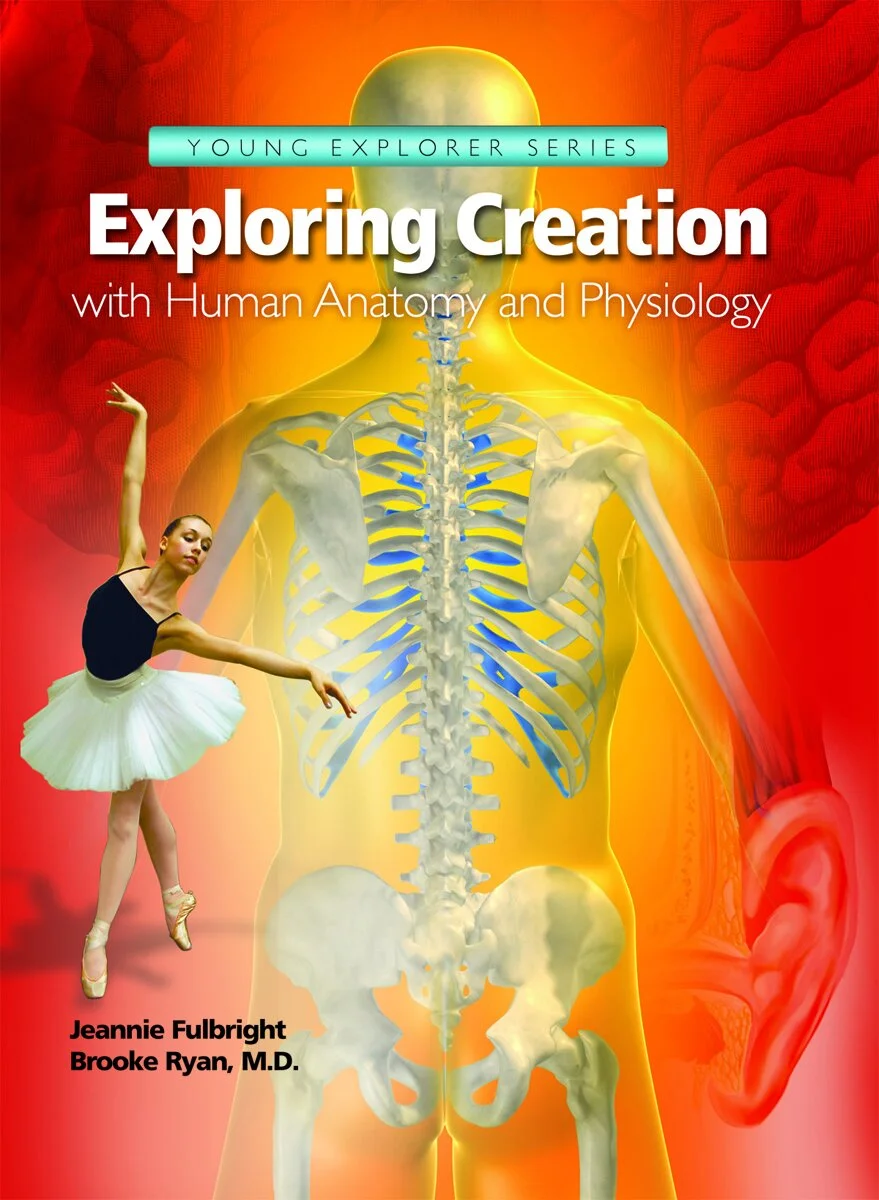Make Science Awesome
My best selling, award-winning science series published by Apologia is consistently rated the #1 elementary science curriculum.
Why is this the best-selling science curriculum?
-
Your children will learn the evidence for God as the Creator of the world.
As your children learn in-depth science, their faith will be strengthened and solidified.
-
I wrote my science books as I was homeschooling, testing the concepts, methods, experiments and activities while using them to teach my own children.
As a homeschool mother in the trenches, I know what works and what doesn’t work.
-
The 7 books in my series are written using the proven Charlotte Mason model that I used with my own children.
-
My science books use the Charlotte Mason Whole Book approach, immersing and grounding children in an entire field of science so that they can truly grasp and understand scientific concepts.
-
My science books use the Charlotte Mason Whole Book approach, immersing and grounding children in an entire field of science so that they can truly grasp and understand scientific concepts.
Curriculum Collection










